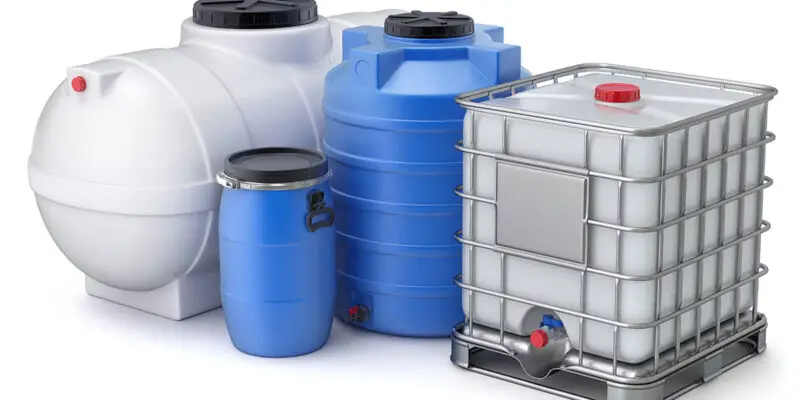Introduction
Nanocomposites in polyethylene 3840 play a crucial role in improving the mechanical and chemical properties of polymer blends. Polyethylene 3840 is widely used in the rotomolding industry due to its excellent durability, processability, and cost-effectiveness. By incorporating nanocomposites, the physical and chemical performance of polyethylene 3840 is enhanced, resulting in superior final products with extended lifespans.
Importance of Nanocomposites in Polyethylene 3840
Nanocomposites consist of nanoscale fillers such as nanoclays, nanosilica, and carbon-based nanomaterials. Their application in polyethylene 3840 offers multiple benefits:
Enhanced mechanical strength: Tensile and impact strength are significantly improved.
Improved chemical resistance: Products resist solvents and corrosive chemicals better.
Thermal stability: Nanocomposites increase resistance to heat and temperature fluctuations.
Abrasion resistance: Surface quality and product longevity are improved.
Types of Nanocomposites and Their Applications
1. Carbon-based Nanomaterials
Carbon-based nanomaterials, including carbon nanotubes and graphene, provide:
Higher tensile strength.
Improved electrical and thermal conductivity.
Ideal performance for industrial components requiring high durability.
2. Nanosilica
Nanosilica is a mineral filler composed of extremely fine particles:
Enhances chemical and thermal resistance.
Improves surface hardness.
Reduces permeability to gases and chemicals.
3. Nanoclay
Nanoclay belongs to the clay family and distributes uniformly in the polyethylene matrix:
Increases mechanical and impact strength.
Improves dimensional stability and reduces shrinkage during molding.
Suitable for large industrial components.
Impact on Rotomolding Process for nanocomposites in polyethylene 3840
Using nanocomposites in polyethylene 3840 not only improves product properties but also enhances the rotomolding process:
Reduces cooling time due to improved thermal conductivity.
Ensures uniform material distribution for better surface quality.
Minimizes shrinkage and warpage in final products.
Advantages in Industrial Applications
1.Higher product quality: Improved strength, hardness, and chemical resistance.
2.Increased durability: Products withstand impacts, abrasion, and temperature fluctuations.
3.Market competitiveness: High-quality products gain a competitive edge domestically and internationally.
4.Reduced maintenance costs: Fewer failures and lower repair requirements.
Challenges and Limitations nanocomposites in polyethylene 3840
Despite their advantages, nanocomposites present some challenges:
Higher cost of raw materials compared to standard polyethylene.
Need for advanced equipment to ensure uniform dispersion.
Technical expertise required to control final product properties.
However, the performance and lifespan benefits of nanocomposite-enhanced polyethylene typically outweigh these limitations.
Conclusion
Nanocomposites in polyethylene 3840 are powerful tools for improving the mechanical and chemical properties of rotomolded products. Selecting the right type and amount of nanocomposite can enhance tensile, impact, and thermal resistance, extend product lifespan, and improve surface quality. By following proper manufacturing standards and process parameters, manufacturers can produce high-performance, long-lasting polyethylene 3840 products that compete effectively in both domestic and international markets.
